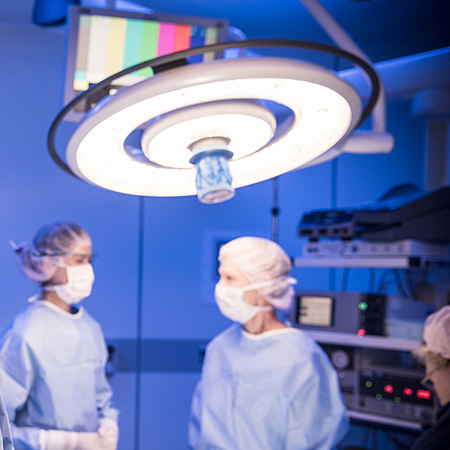 A U.S. Department of Energy-funded Pacific Northwest National Laboratory study was designed to investigate how patient-room lighting systems could be improved from the nurses’ perspectives.
A U.S. Department of Energy-funded Pacific Northwest National Laboratory study was designed to investigate how patient-room lighting systems could be improved from the nurses’ perspectives.
The study, conducted in collaboration with McCunn & Associates Consulting and published in Health Environments Research & Design, surveyed nurses who worked at four U.S. hospitals. Three of the hospitals had older, more traditional lighting systems, while one had a more contemporary lighting technology. The analysis focused on the responses of medical-surgical nurses—the largest subset of survey participants—to several open-ended survey questions that asked nurses to report their perceptions of patient-room lighting in relation to their professional duties. Nurses also provided comments in regard to the patients’ perception of the room lighting. A systematic qualitative methodology was applied to the survey results, identifying significant themes in the nurses’ responses.
Overhead and Task Lighting. A general theme of environmental control emerged from the nurses’ words and phrases and the ability to control both overhead and task lighting in patient rooms is a priority for nurses. While controllability was reported as being among the “best” lighting attributes in typical patient rooms, it also emerged as an attribute that could be refined to improve the productivity of staff and the satisfaction of patients. In particular, the nurses cited the need for patients to be able to directly control light levels through dimming capability and additional light sources.
Daylighting and Light Trespass. Although not mentioned by the nurses as frequently as control, daylighting was also considered to be among the best lighting-related design attributes in the patient rooms, although control of lighting through windows remains an important consideration. For the nurses in the hospital that featured a contemporary lighting system, light trespass was considered to be an issue with regard to patient experience. This suggests that even when modern lighting models are in place, more attention can be paid to the ways in which light from windows and sources outside of patient rooms penetrates spaces and affects users.
